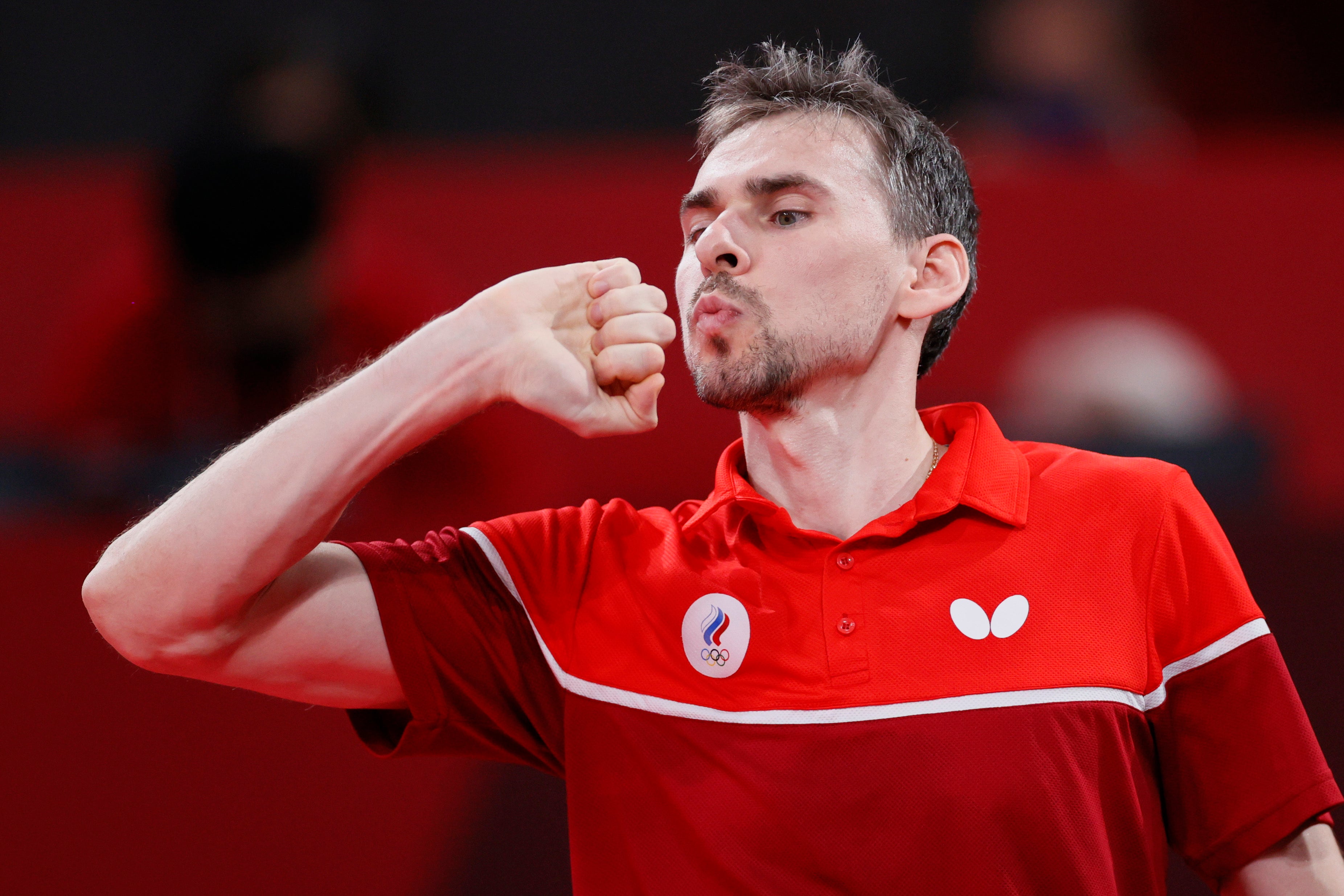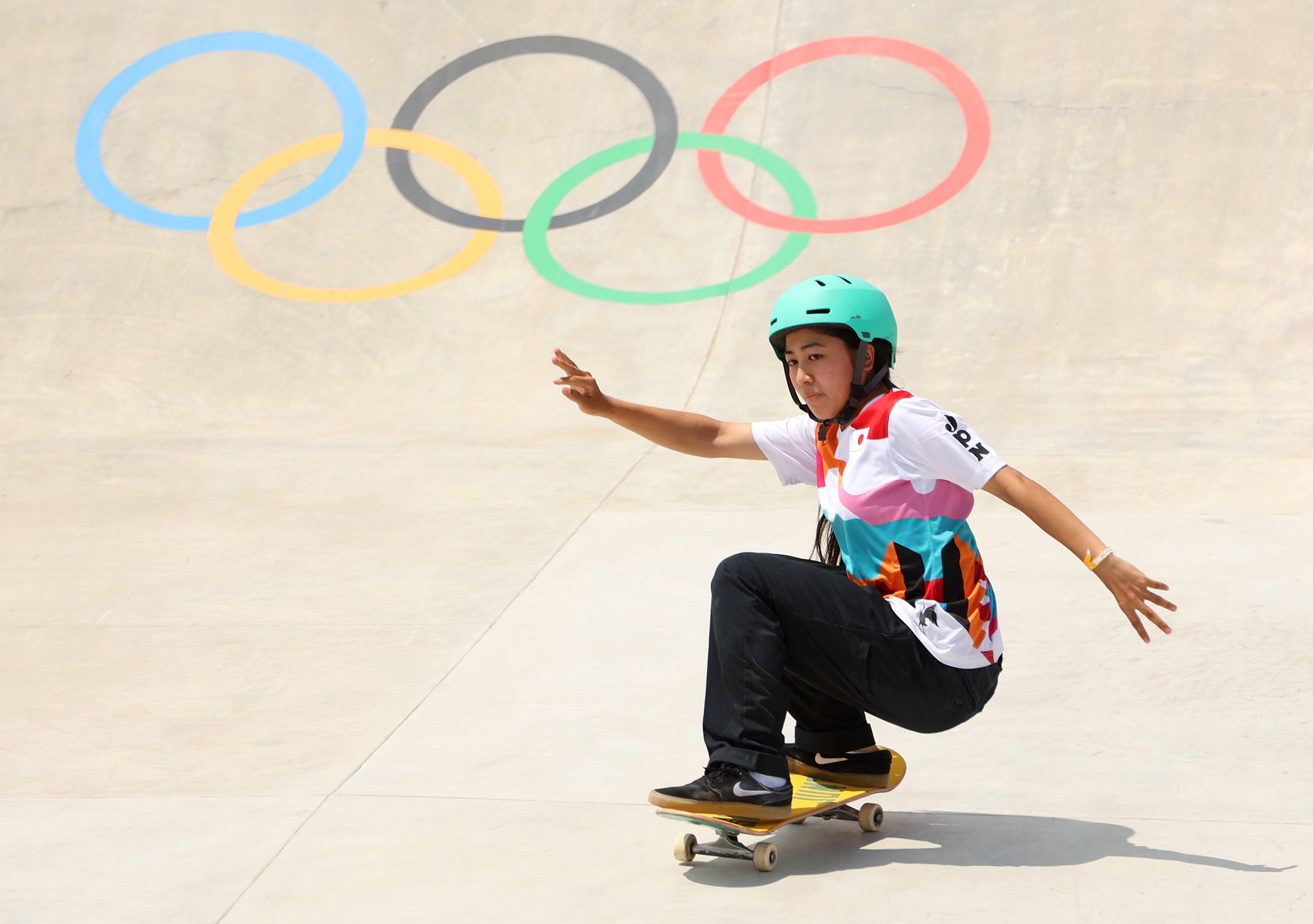Despite a multitude of concerns ahead of the opening ceremony, the Olympic Games have already delivered some outstanding moments of sporting achievement and British success in Tokyo.
From Tom Daley and Matty Lee winning gold in the 10m synchronised diving on and Adam Peaty continuing his dominance in pool on ‘Magic Monday’ to the Philippines and Bermuda winning their first ever Olympic gold medals – athletes from across the world are making their countries proud.
The medal ceremonies that follow those dramatic moments on the field of play is when the sense of achievement really starts to sink in.
And while proceedings are being conducted a little differently this year due to Covid-19 regulations (the athletes pick up the medals themselves rather than having them placed around their neck) – there is one element that remains the same: athletes biting their gold medals.
It’s a practice as common and ingrained in the Olympics as some of the sports themselves – but why do they do it?
Recommended
Why do athletes bite their gold medals?
Back in the day, one of the ways to determine whether the shiny metal in your hand was gold was to bite into it, as gold is softer and more malleable than other metals. Basically, if you took a bite into it and you could see your teeth mark, there’s a good chance it was authentic and actually gold.
That’s largely irrelevant these days, especially in the context of the Olympics, but the tradition has endured. Of course, the gold medals awarded at the Olympics aren’t actually solid gold – it’s more of a compound of around 90 per cent silver, and at least six grams of the valuable stuff.
And, partly because of the tradition, when athletes receive their gold medals photographers ask them to take a bite and hold the pose, as it creates the iconic image we’ve become accustomed to.
Source: Read Full Article









